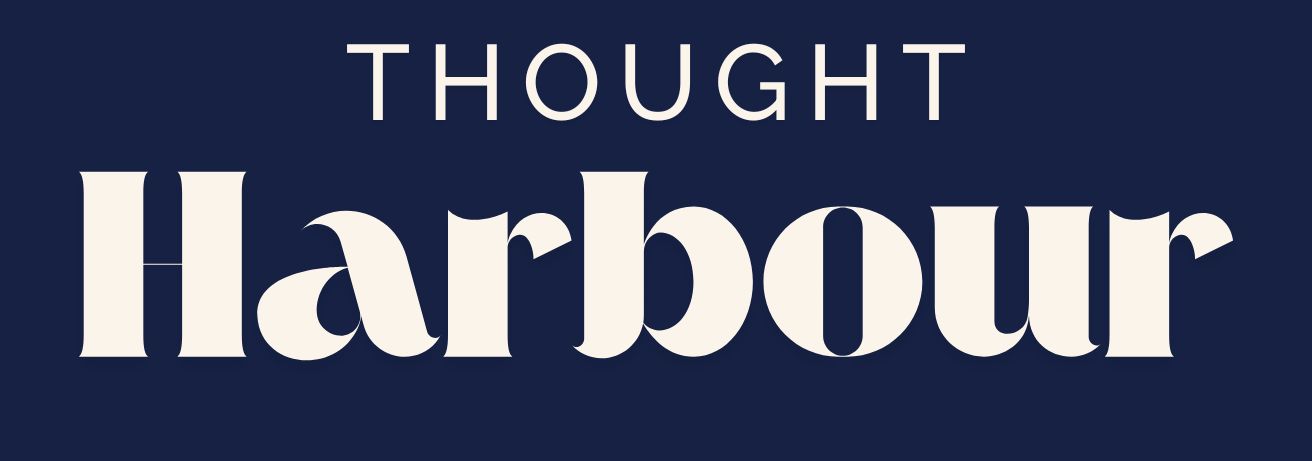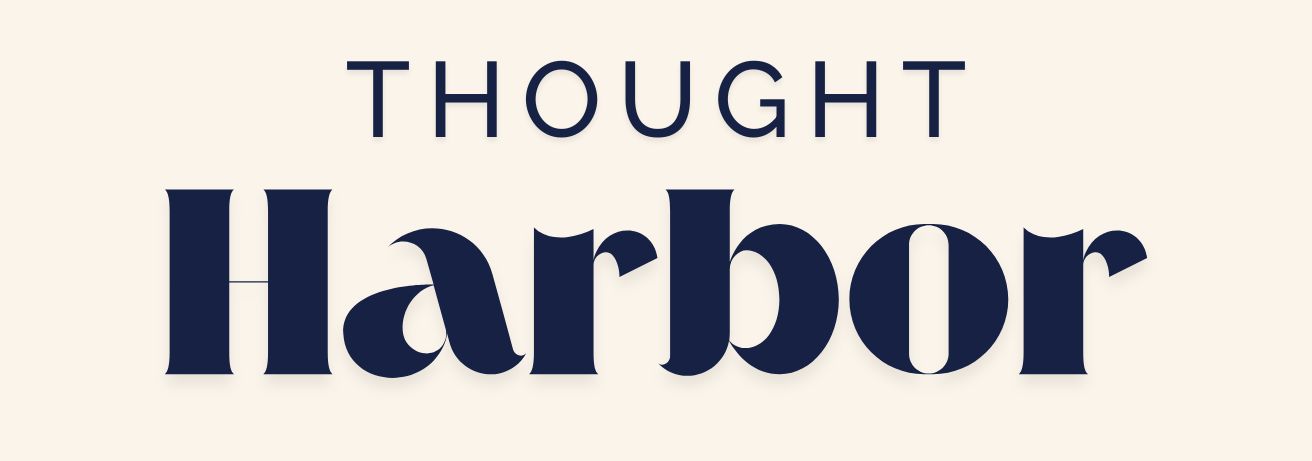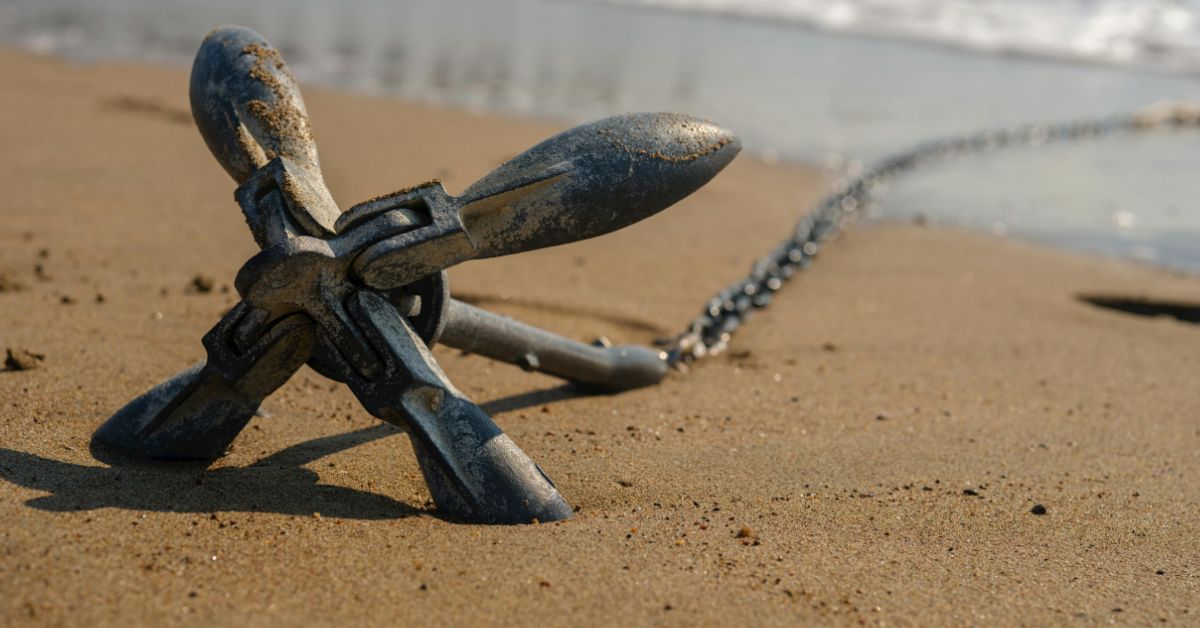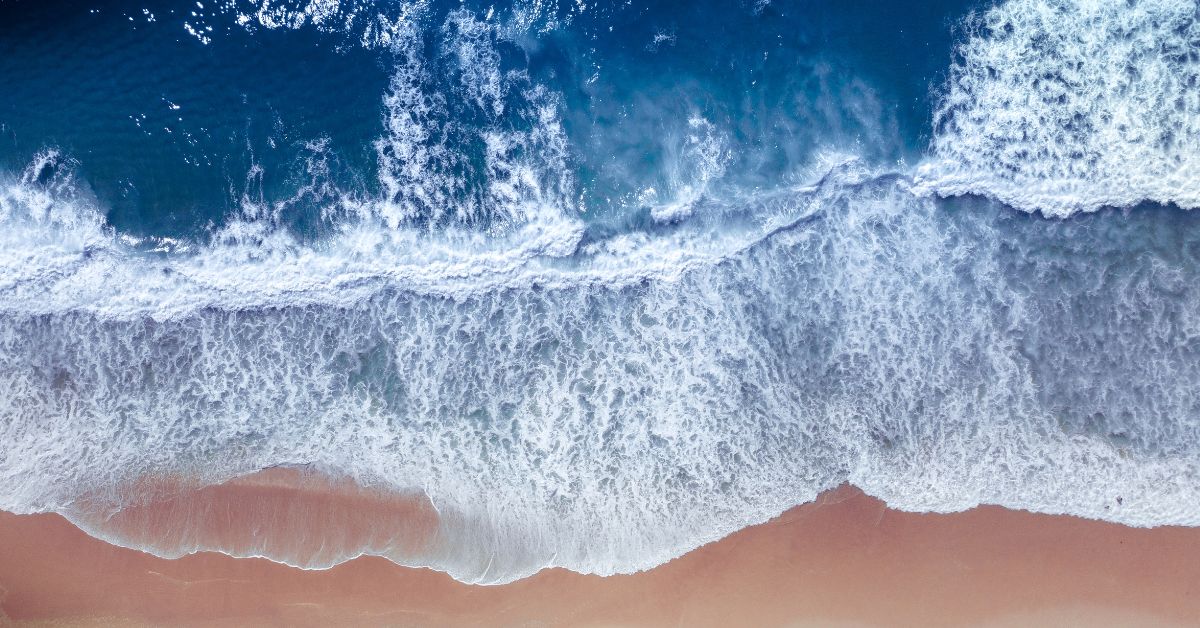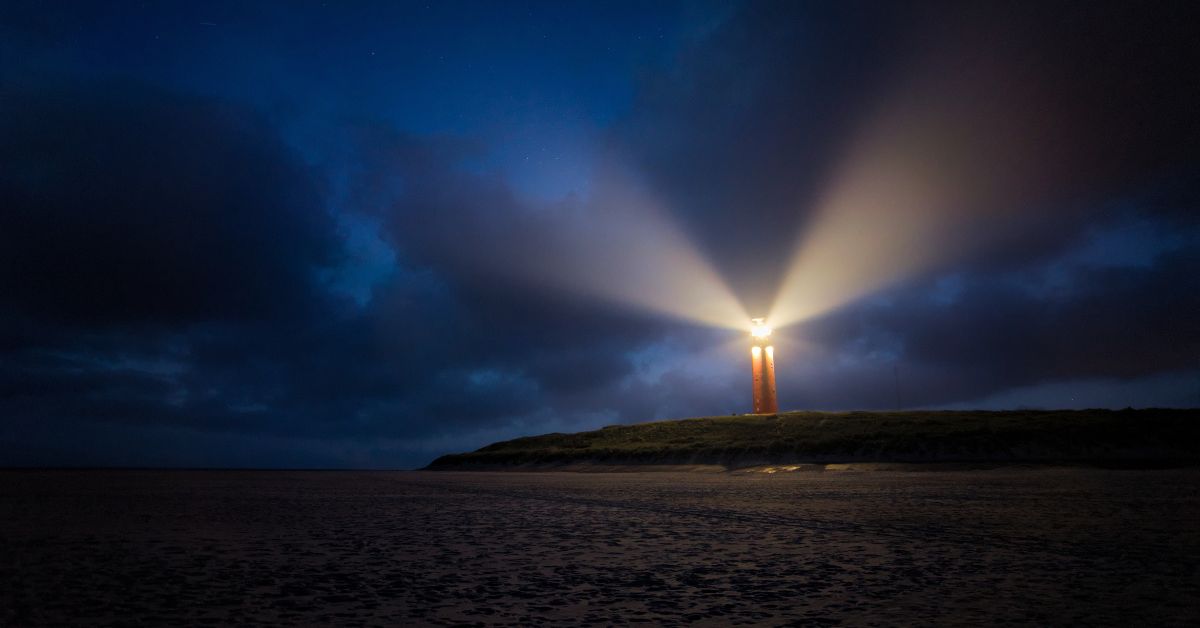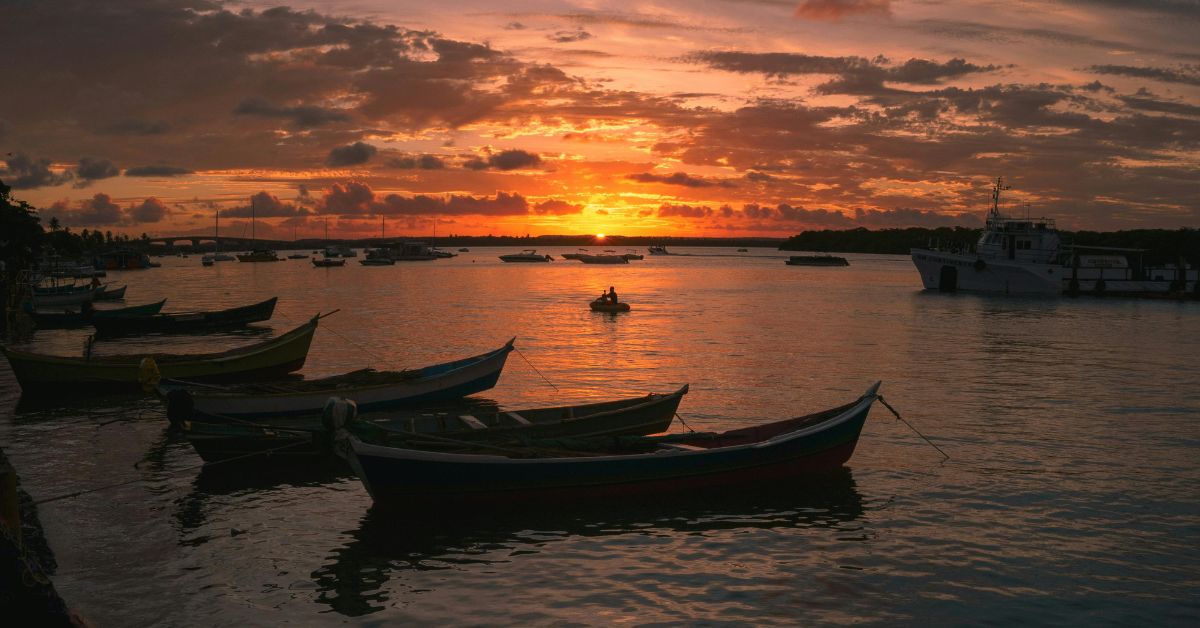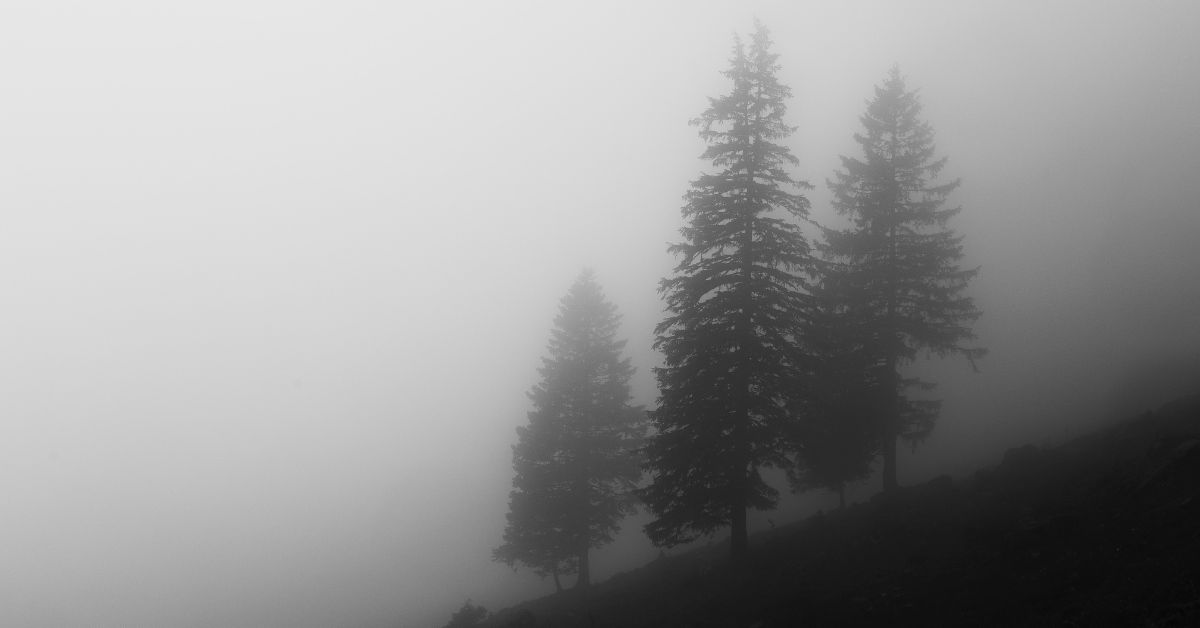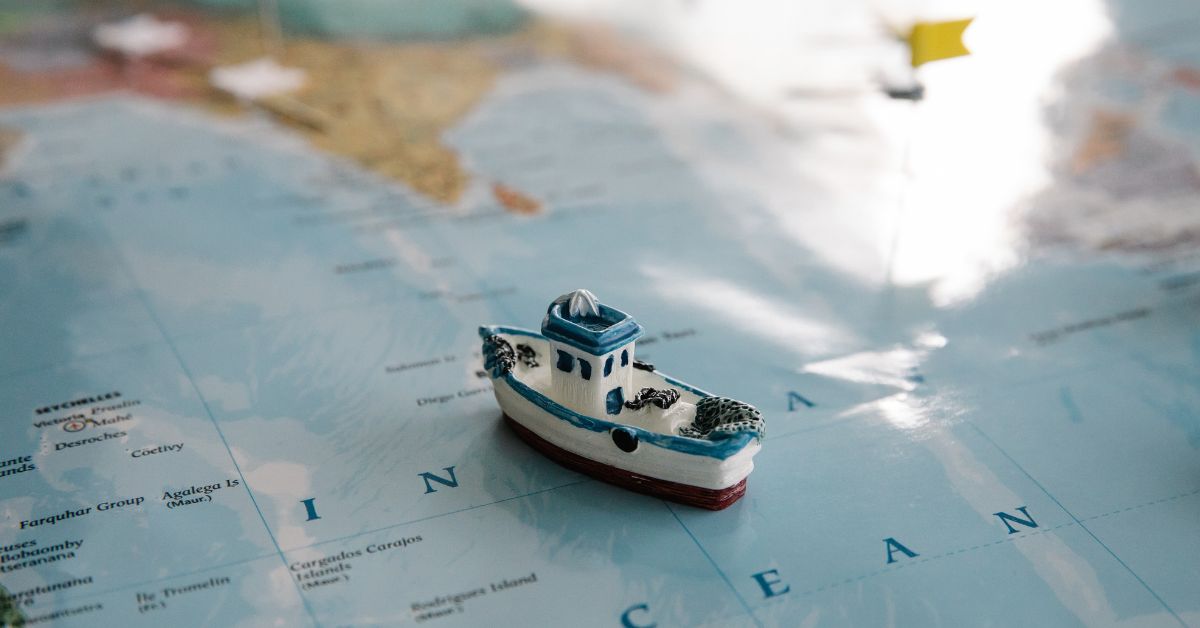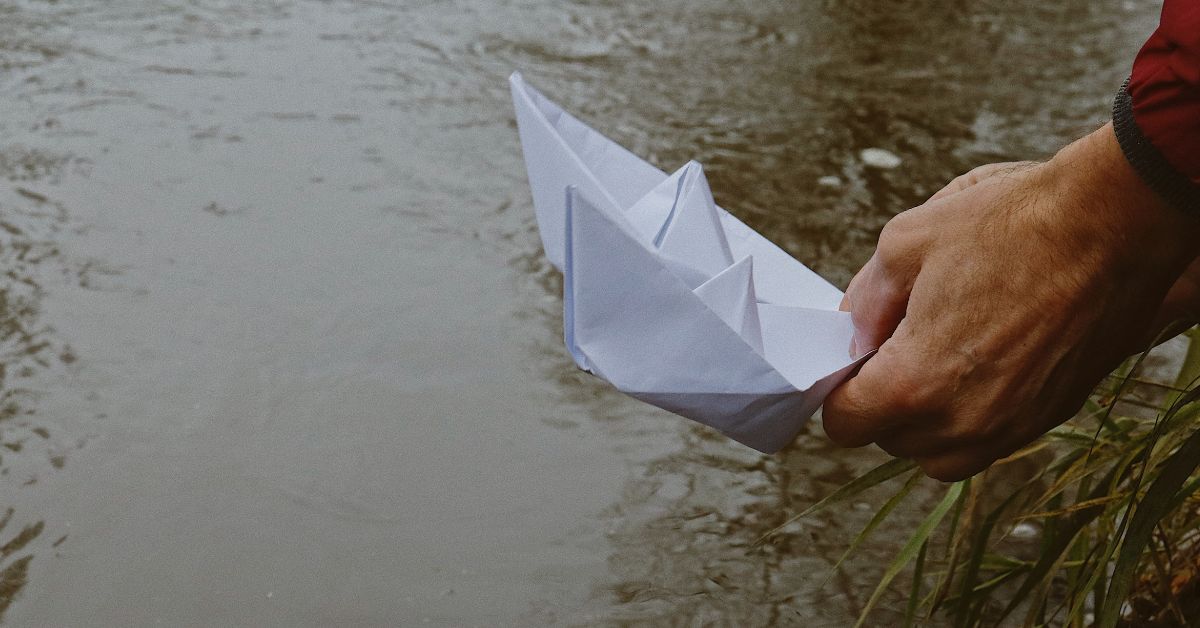Outline
- The Stillness Between Questions
- What Is Open Curiosity?
- Letting Go of Needing to Know
- The Psychology of Openness
- Curiosity as Inner Compass
- Practices to Enter a Floating Mindset
- Closing Thoughts: Becoming the Question
- FAQs
The Stillness Between Questions
Somewhere between certainty and confusion, there is a third space: wonder.
It lives in the pause after a question but before an answer. In the gaze held just a second longer. In the feeling that you don’t know where something leads—but that you’re willing to follow it anyway.
This space is what the ancient mystics, the poets, and the scientists all touched in their own way: the floating mind—a mind unanchored from fixed conclusions, gently adrift in open curiosity.
In a world that rewards fast answers and polished certainty, this kind of thinking is radical. And deeply needed.
What Is Open Curiosity?
Curiosity is often mistaken as mere information-seeking. But true curiosity is deeper—it’s a way of being.
It’s not just asking questions. It’s living through them. It’s the willingness to let uncertainty breathe, to sit beside it without rushing toward resolution.
Philosopher Jiddu Krishnamurti once said, “To observe without evaluating is the highest form of intelligence.” That is the heart of open curiosity: perceiving not to categorize, but to truly see.
It is a suspension of judgment, not for indecision’s sake, but for the sake of deeper understanding.
Letting Go of Needing to Know
We are conditioned to chase answers. To tidy up ambiguity. To reach conclusions fast—preferably the right ones. But in that rush, we often flatten complexity. We reduce people to roles, ideas to labels, ourselves to identities that no longer fit.
Open curiosity invites us to do something different:
To pause at the threshold of knowing.
To stay in the space before the box is built.
To ask: What else might be true here?
This isn’t about being vague. It’s about being honest about how little we actually know—and choosing to see that not as weakness, but as possibility.
The Psychology of Openness
Psychological research defines “openness to experience” as one of the five major personality traits. It correlates strongly with creativity, emotional resilience, empathy, and even lifelong learning.
Dr. Carol Dweck’s work on the growth mindset also supports this: individuals who believe their abilities and understanding can evolve over time are more likely to embrace challenge, seek feedback, and persist through difficulty.
In both cases, curiosity is not just a personality quirk—it’s a survival tool for navigating a changing world.
Curiosity as Inner Compass
When you stop needing the answer to show up quickly, something else shows up instead: your inner compass.
Curiosity becomes directional. It begins to point—not with certainty, but with aliveness. You start following what sparks interest, what stirs something inside you. The “shoulds” lose weight. The “what-ifs” become pathways.
You become less defined by fixed opinions and more attuned to evolving truth.
You stop needing to be right and start wanting to understand.
And in doing so, you become the kind of person who listens more deeply—to others, to the world, and to yourself.
Practices to Enter a Floating Mindset
You don’t need to escape to a monastery to cultivate open curiosity. You just need to practice shifting your stance—from knowing to wondering.
1. Ask Better Questions
Instead of “What’s wrong with me?”, ask “What might this feeling be pointing to?”
Instead of “Why does this always happen?”, ask “What story am I repeating here?”
Curiosity begins with framing.
2. Practice Not Knowing
Choose one small area of life and suspend your opinion. Let yourself sit with uncertainty. Observe what rises. This builds comfort with complexity.
3. Follow a Spark
Set aside one hour a week to follow a curiosity without purpose. Read, walk, research, sketch, listen—just because it calls you. Let wonder lead.
4. Use “Maybe” as a Doorway
When you feel stuck, say “maybe.”
Maybe I don’t have the full story.
Maybe I’ve changed.
Maybe there’s another way.
This single word softens mental rigidity.
Closing Thoughts: Becoming the Question
We spend so much of our lives trying to arrive—at answers, identities, outcomes. But some of the most beautiful parts of being human live not in arrival, but in exploration.
To float is not to drift aimlessly. It is to move without clinging. To trust the unfolding. To honor the mystery.
Let your mind become a question.
Not because you are lost, but because you are open.
Let it soften, widen, breathe.
You don’t have to know yet.
You just have to be willing to wonder.
FAQs
Is curiosity the same as indecision?
No. Curiosity isn’t about avoiding choice—it’s about choosing from a place of deeper awareness, rather than reflex or fear. It’s clarity earned through presence.
What if I’m afraid of not having answers?
That’s natural. We’re taught to associate certainty with safety. But often, the need for certainty causes more stress than the uncertainty itself. Practice slowly. Curiosity grows through permission.
Can curiosity help with relationships?
Absolutely. When we meet others with open curiosity—rather than assumptions—we create space for true connection. We become better listeners, less reactive, and more compassionate.
